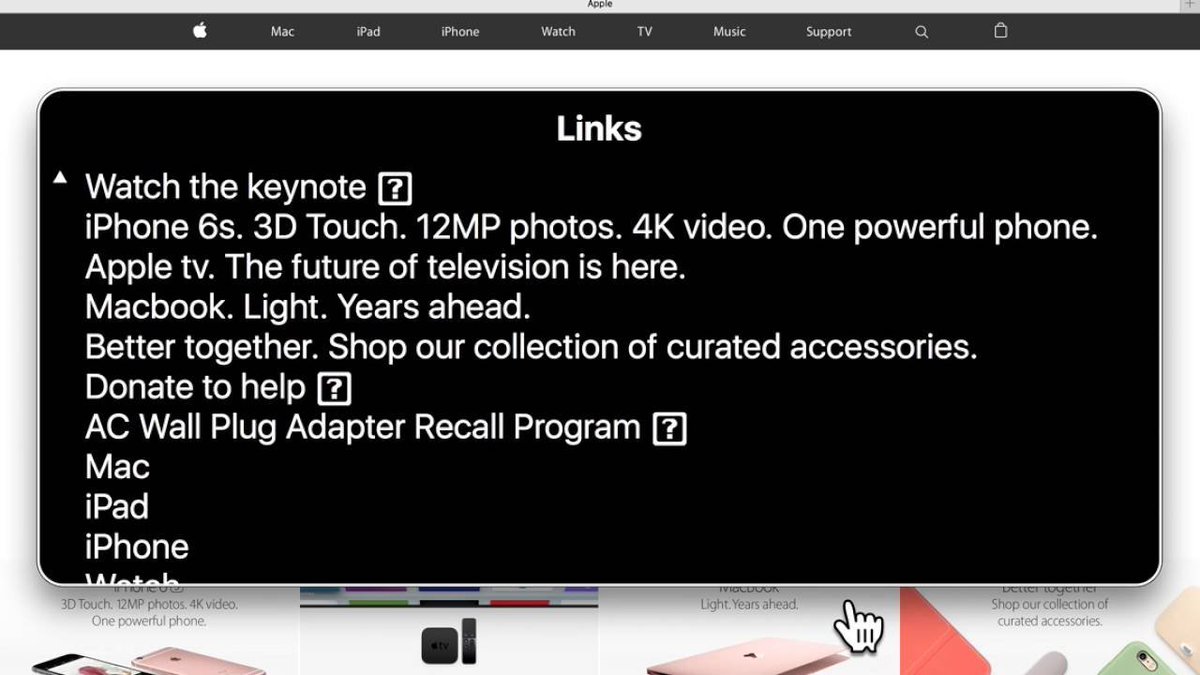
React: The Good Parts™
Core API:
1. Function components
2. JSX
3. useState
4. useReducer
5. useRef
6. lazy
7. Suspense
Ecosystem:
1. TypeScript
2. Vite/Next/Remix
3. React Router
4. React Query
5. react-error-boundary
6. clsx
7. testing-library
#react
Core API:
1. Function components
2. JSX
3. useState
4. useReducer
5. useRef
6. lazy
7. Suspense
Ecosystem:
1. TypeScript
2. Vite/Next/Remix
3. React Router
4. React Query
5. react-error-boundary
6. clsx
7. testing-library
#react
What I mean by “The Good Parts”:
React’s API has grown. And the ecosystem is massive. So it's hard to choose.
"The Good Parts" are React’s best features and most trusted ecosystem projects.
The other stuff isn’t “bad”. But "The Good Parts” are often all I need.
React’s API has grown. And the ecosystem is massive. So it's hard to choose.
"The Good Parts" are React’s best features and most trusted ecosystem projects.
The other stuff isn’t “bad”. But "The Good Parts” are often all I need.
Why didn't I list context?
- It's often unnecessary with react-query (most state is remote)
- Not designed for frequent updates
- Many third party state libraries provide similar benefits and better performance (Zustand, Signal, Jotai, Valtio, Redux, and Legend to name a few).
- It's often unnecessary with react-query (most state is remote)
- Not designed for frequent updates
- Many third party state libraries provide similar benefits and better performance (Zustand, Signal, Jotai, Valtio, Redux, and Legend to name a few).
Why did I only list 3 hooks?
Because the other hooks are rarely necessary, and frequently overused.
Using frameworks or third party state often eliminates the need for using most of React's advanced hooks.
So, the hooks in "The Good Parts" are often all I need.
Because the other hooks are rarely necessary, and frequently overused.
Using frameworks or third party state often eliminates the need for using most of React's advanced hooks.
So, the hooks in "The Good Parts" are often all I need.
Why didn't I list various performance-related features?
Because if I compose my components properly, and keep my state as local as possible, performance optimizations are typically unnecessary.
Because if I compose my components properly, and keep my state as local as possible, performance optimizations are typically unnecessary.
• • •
Missing some Tweet in this thread? You can try to
force a refresh






